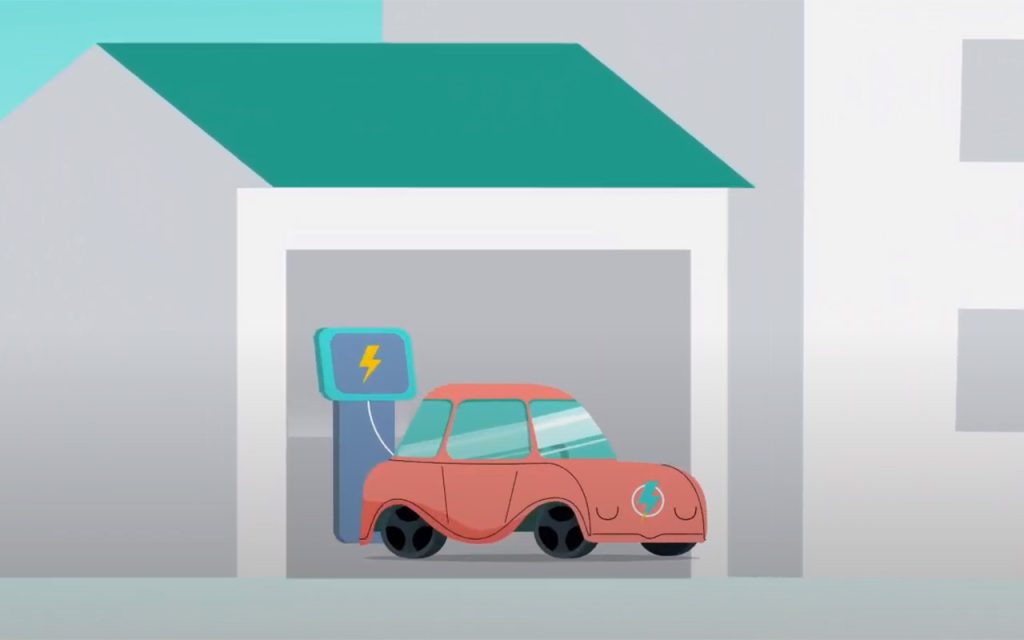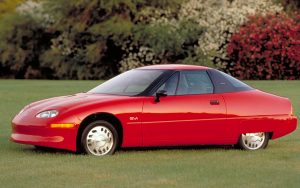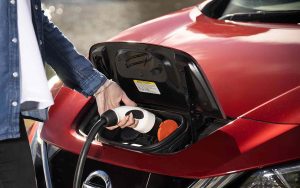Op-ed: When it comes to charging your EV, how fast is fast enough?
Charging faster is always better – isn’t it? Well, not necessarily. In fact, a big question for Australia remains: what mix of public chargers will best suit our needs?

By 2030, there will be over 350 million EVs in the world but there is still a major factor that could put the brakes on this transition – the availability of sound charging infrastructure.
In Australia, big distances mean charging stations need not only to be readily accessible but also capable of charging vehicles quickly. So, EV drivers in Australia need to be confident of travelling long distances with timely recharging opportunities.
To meet this challenge, ARENA has over the years awarded funding to several fast charging network projects. Recipients have included Engie, Chargefox, Ampol and Evie.
In April 2023, ARENA, as part of the Government’s $500 million Driving the Nation Fund, announced $70 million in funding aimed at boosting the availability of charging stations across Australia. This pool of funding will initially support innovation in both public charging facilities and the management of charging.
But while the support is there, the question remains: what mix of public chargers will best suit Australia’s needs?
Down the memory lane: Trying to solve an old problem.

By the end of the 1980s, EVs began to become a practical alternative to petrol and diesel fuelled vehicles. Car makers were already producing small vehicles using heavy lead-acid batteries, but one issue remained: Charging Standards.
In 1991, the US National Electric Transportation Infrastructure Working Council (NETIWC) was formed with members of the automotive Original Equipment Manufacturers (OEMs) and Distributed Network Service Providers (DNSPs). It defined three power charging levels: Level 1 (2 kW), Level 2 (7 kW) and Level 3 (330 kW). Incidentally, back then, it was thought if Level 3 was used, we would need to upgrade every transformer in the world, or “destroy the grid”.
Instead, for convenience, many EV manufacturers recommended users to install 7 kW charging stations at home.
Such was the case of the very first commercially available mass-adopted EV manufactured by General Motors – aptly named EV1. In the absence of clear guidelines, GM got creative and chose a wireless charging system as the way to go. Spoiler alert: it wasn’t very good.
Whilst wireless is great to charge your smart phone in 2023, it wasn’t the best way to charge a vehicle in 1999. Although the 7 kW charger dropped 132 km worth of range on the EV1 in under three hours and it was designed to be safe even when used in the rain, it wasted a lot of electricity doing so.
Please do not miss this YouTube video of the EV1 charging in 2002 before they were all destroyed.
Setting the standards

The Chevy Volt and the Nissan Leaf went cable instead of wireless and the Society of Automotive Engineers (SAE) developed the SAE J1772 charging standard that we still use today.
The International Electrotechnical Commission (IEC) adopted most of SAE’s standard for global implementation: 7 kW AC chargers for home use, and “faster” DC chargers for highway use with most cars in the market today able to take 50 kW.
In the absence of a physical definition and to avoid further confusion, in 2018, Electrify America introduced the following naming convention to settle this discussion:
- Hyper-fast (green label) – Indicates power delivery up to 350 kW, providing approximately 20 miles of range per minute of charging (depending on a given EV’s charging capabilities).
- Ultra-fast (teal label) – Indicates power delivery up to 150 kW, providing approximately 9 miles of range per minute of charging (depending on a given EV’s charging capabilities).
So, which type of chargers shall we prescribe for Australia’s National Ultrafast Charging Network?
The future of EV charging may be closer to 50 kW than 350 kW

For people who can charge at low speed at home or at the workplace, that location should still be the number 1 choice for charging.
Indeed, the much-hated Level 1 charging, at 2 kW may often be the right choice for home and office. For instance, an employer might install five low-power chargers for the cost of one Level 2 charger. That might be the better choice since the average vehicle in Australia travels only 36 km daily.
A smaller number of 7-kW chargers could serve the subset of people who need a little more driving .
People who can’t charge at home or work, or people on road trips, need a different solution. Today that solution is generally the ultra-fast charger. Non-Tesla networks started by installing 50-kW stations, but as the Combined Charging System (CCS) charging system improved, new deployments, have settled around 150 kW.
So, to increase the coverage of the Australian network in the most economical way, the answer may be to increase the deployment of the 150 kW range. These chargers are currently expensive, but not nearly as expensive as the 350 kW ones.
Well… Who cares? Charging faster is always better, right? Isn’t it?

In theory yes. Each additional kW of power available adds about 6 km of range per hour of charging, so a 150-kW station, when going at full power, could add up to 900 km of range in an hour to a car.
Except it can’t. That’s the instantaneous rate and is only delivered at the start of the charge session. Once the battery gets over half-full (or even earlier) the charging rate drops. It might be closer to say it can add 100 km in 10 minutes, but only on a deeply discharged (empty) car. That is, it cannot add 200 km in 20 minutes.
The average rate in the Ultrafast Network is 60 kW. This is because only few cars on the road accept more than 100 kW charge rate. Most cars can’t charge at 150 kW, and even if they can, there are several factors capping charge rates, such as temperature.
350-kW charging is only an option in latest EV models (Hyundai Ioniq5, Kia EV6, and Genesis GV60). Porsche Taycan, Audi e-tron GT, GMC Hummer EV and Lucid Air all cap charge rates at 270 kW.
To complicate things even more -under a set of circumstances- a 350-kW EV could charge faster on a 150-kW charger. For instance, according to Hyundai, an Ioniq5 (77.4 kWh battery) takes 18 minutes to charge on a 150-kW station compared to 25 minutes on a 350-kW.
In reality, other factors dictate actual charging rates. It’s still worth reading this story of a guy who tested charging his Ioniq5 on 150 kW and 350 kW chargers to compare real charging rates. I’ll save you the clicking, he charged faster on the 150-kW station. Counter-intuitive, I know!
350 kW-charging belongs to a dated ‘petrol’ mindset
EV’s are introducing a refuelling paradigm shift.
Drivers are used to noticing their car is low on petrol and looking for the nearest station to quickly refuel. But EV’s are best charged whenever the vehicle is parked, rather than whenever it is approaching “empty”.
A very good reason might be that the EV is parked because the driver is sleeping. Or working. Or not using the car that day.
Instead of prioritising rapid, occasional refuelling, greater importance will be placed on regular, convenient and reliable topping up.
That’s not to say ultrafast charging is never useful. There are times where you have nothing else to do and you just want to get moving. There are places, like on a dark desert highway, where your only task is to get out of there as fast as possible.
And finally, consider the cost
However, all things are not equal. A 350 kW charger needs major juice and that means cost. Plus, the cost of delivering megawatts of electricity into remote stations or even existing commercial buildings is massive.
Most decent shopping centres are equipped to draw 50 kW of electrical power but 350kW is a major challenge. High voltage upgrades and wiring don’t come cheap and, inevitably, this cost must be paid back by the customer.
The important message is: stop thinking the way we do with petrol cars.
Consider where people will need energy, and how long will they stay.
Consider the costs of installing chargers. More slower chargers might make more sense in more places, while ultra-fast chargers are best in relatively few circumstances.
Adrian Salinas is ARENA’s Knowledge Sharing Manager overseeing the Electric Vehicle portfolio. He was previously the Electric Vehicles officer with the ACT Government and has worked for GM in the United States and run hydrogen bus trials in California. Adrian uses his global automotive sector experience to help Australia safely adopt new transport technologies and integrate more electric vehicles into the grid.
LIKE THIS STORY? SIGN UP TO OUR NEWSLETTER

ARENA